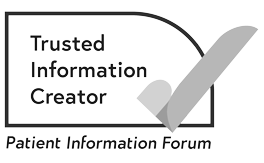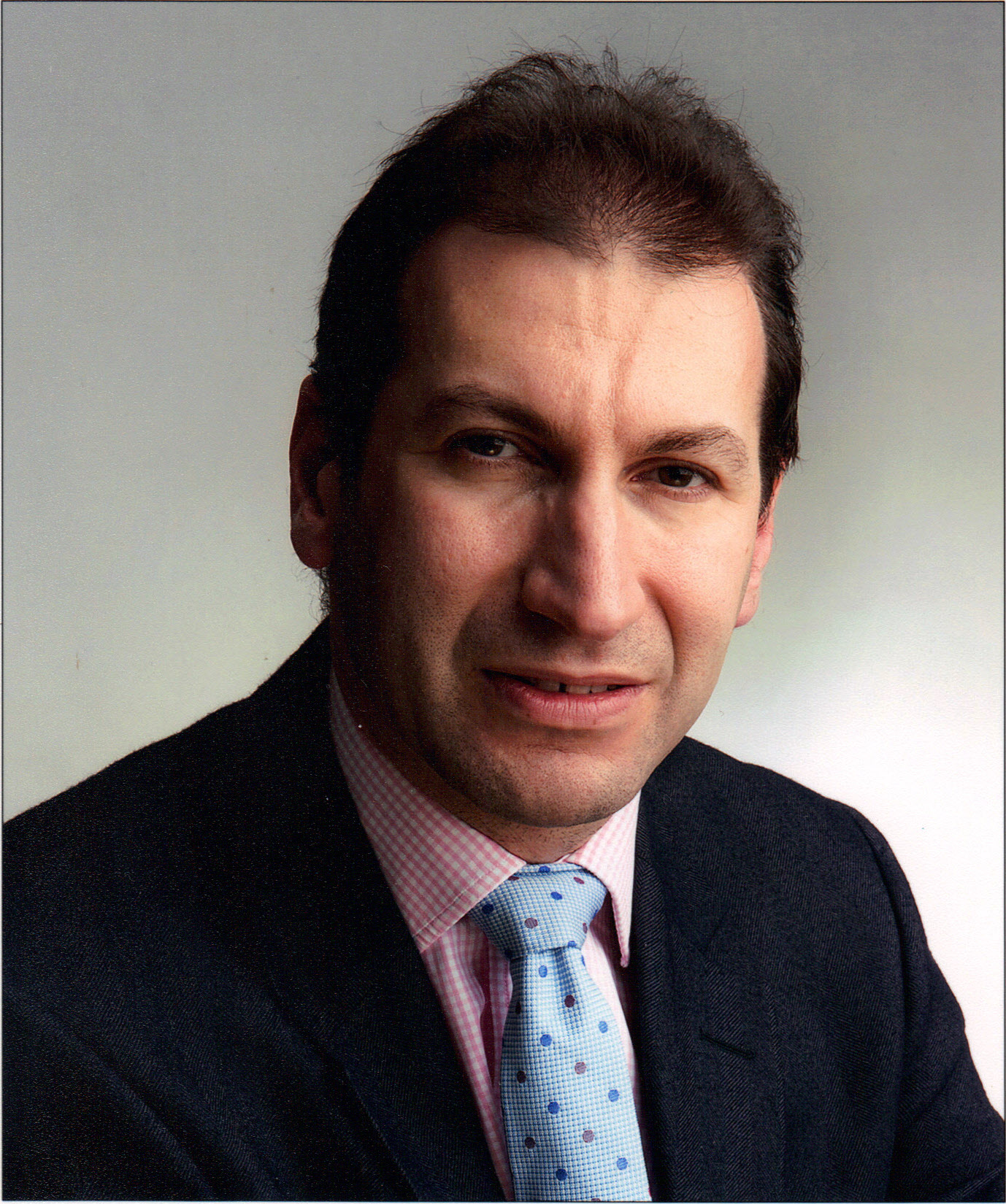Causes and risk factors of liver cancer
Doctors do not know the exact cause of primary liver cancer. But certain things called risk factors can increase a person’s chance of developing it.
What are the risk factors of liver cancer?
Doctors do not know the exact cause liver cancer (also called hepatocellular carcinoma or HCC). But certain things called risk factors can increase a person’s chance of developing it. Having one or more risk factors does not mean you will get cancer. And not having any risk factors does not guarantee that you will not get cancer.
If you are worried about liver cancer and would like to talk to someone, we're here. You can:
- Call the Macmillan Support Line for free on 0808 808 00 00.
- Chat to our specialists online.
Risk factors for HCC include the following.
Sex
HCC is more common in men than in women.
Age
HCC is more common as people get older. Most people diagnosed are over the age of 65. In people from certain parts of Africa, such as West Africa, who also have the hepatitis B virus (HBV), it can happen from the age of 45 years.
Hepatitis infection
Long-term infection with the hepatitis B virus (HBV) or hepatitis C virus (HCV) can cause HCC. These viruses can increase the risk of cirrhosis.
Cirrhosis
People who have cirrhosis have a higher risk of developing HCC. It damages the liver and stops it from working properly.
The risk factors for cirrhosis include the following.
-
Alcohol
Drinking a lot of alcohol over a long period of time can cause cirrhosis.
-
Non-alcoholic fatty liver disease (NAFLD)
Non-alcoholic fatty liver disease is when fat builds up in the liver. In some people, this condition might get worse over time. It could then cause serious liver damage.
NAFLD is becoming the most common cause of HCC in the UK. It is more common in people who are overweight.
Liver experts have recently changed the name of NAFLD. It is now called metabolic dysfunction-associated steatotic liver disease (MASLD). It is called steatotic liver disease for short. -
Haemochromatosis
This is an inherited condition that causes iron levels to build up in the body. If diagnosed and treated early, it does not usually cause problems.
-
Primary biliary cholangitis (primary biliary cirrhosis)
This is when the body’s immune system, which normally fights infection, slowly destroys the small bile ducts in the liver. Bile ducts are the tubes that connect the liver and gallbladder to the small bowel.
Other conditions that can affect the liver
Other health conditions can result in damage to the liver and increase the risk of HCC. They include:
- diabetes
- metabolic syndrome.
The increase in liver cancer risk may be because they are linked with non-alcoholic fatty liver disease (NAFLD). NAFLD is the one of the biggest risk factors for HCC.
-
Diabetes
People with diabetes have a higher risk of developing HCC. Type 2 diabetes is linked to:
- non-alcoholic fatty liver disease
- metabolic syndrome.
-
Metabolic syndrome
Metabolic syndrome is a group of health conditions that happen together. They include:
- high blood pressure
- high blood sugar levels
- high levels of unhealthy fats (triglycerides) in the blood
- extra fat around the tummy area (abdomen).
Metabolic syndrome is also more common in people who have non-alcoholic fatty liver disease.
-
Being very overweight
Being very overweight can increase the risk of liver cancer. This is a risk factor for non-alcoholic fatty liver disease.
Rare inherited conditions
These rare conditions can increase the risk of cirrhosis and liver cancer.
-
Alpha-1 antitrypsin deficiency (AATD)
People with this condition do not produce enough of a protein that usually helps protect the lungs and liver. Without this protein, they can have lung damage and sometimes develop liver damage. People may have symptoms of liver damage along with a cough and breathlessness.
-
Wilson disease
This causes the body to build up too much copper. It can cause liver symptoms and different symptoms if the copper builds up in other parts of the body.
HIV or AIDS
There is a higher risk of liver cancer if you have HIV or AIDS. This is usually if you also have hepatitis B virus (HBV) or hepatitis C virus (HCV).
Smoking
People who smoke tobacco have a higher risk of developing HCC than non-smokers. We have information about stopping smoking.
Family history
Having an immediate family member with primary liver cancer, such as a parent, brother or sister, increases a person’s risk of developing it. Doctors are not sure why this is.
Related pages
Anabolic steroids
Taking anabolic steroids over a long period of time slightly increases the risk of developing HCC. These are mainly used by bodybuilders.
Mouldy peanuts and grains
A poison called aflatoxin, found in mouldy peanuts and grains, is a major risk factor for HCC in parts of Africa and Asia.
About our information
This information has been written, revised and edited by Macmillan Cancer Support’s Cancer Information Development team. It has been reviewed by expert medical and health professionals and people living with cancer.
-
References
Below is a sample of the sources used in our primary liver cancer information. If you would like more information about the sources we use, please contact us at informationproductionteam@macmillan.org.uk
ESMO Guidelines Committee. Updated treatment recommendations for hepatocellular carcinoma (HCC) from the ESMO Clinical Practice Guidelines. eUpdate. March 2021. Available from: www.esmo.org/guidelines/guidelines-by-topic/esmo-clinical-practice-guidelines-gastrointestinal-cancers/hepatocellular-carcinoma-esmo-clinical-practice-guidelines-for-diagnosis-treatment-and-follow-up/eupdate-hepatocellular-carcinoma-treatment-recommendations [accessed April 2023].
Huang QD, Teng MLP. Hepatocellular carcinoma – symptoms, diagnosis and treatment. BMJ Best Practice Guidelines. 2022. Available from: www.bestpractice.bmj.com/topics/en-gb/369 [accessed March 2023].
Vogel A, Cervantes A, Chau I, Daniele B, Llovet JM, Meyer T, et al. Hepatocellular carcinoma: ESMO Clinical Practice Guidelines for diagnosis, treatment and follow-up. Annals of Oncology. 2018;29(4): 238–255. Available from: www.doi.org/10.1093/annonc/mdy308 [accessed April 2023].
Date reviewed

Our cancer information meets the PIF TICK quality mark.
This means it is easy to use, up-to-date and based on the latest evidence. Learn more about how we produce our information.
The language we use
We want everyone affected by cancer to feel our information is written for them.
We want our information to be as clear as possible. To do this, we try to:
- use plain English
- explain medical words
- use short sentences
- use illustrations to explain text
- structure the information clearly
- make sure important points are clear.
We use gender-inclusive language and talk to our readers as ‘you’ so that everyone feels included. Where clinically necessary we use the terms ‘men’ and ‘women’ or ‘male’ and ‘female’. For example, we do so when talking about parts of the body or mentioning statistics or research about who is affected.
You can read more about how we produce our information here.





